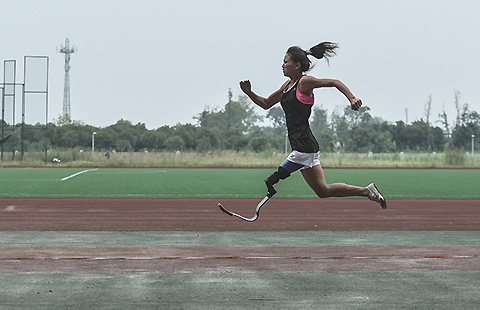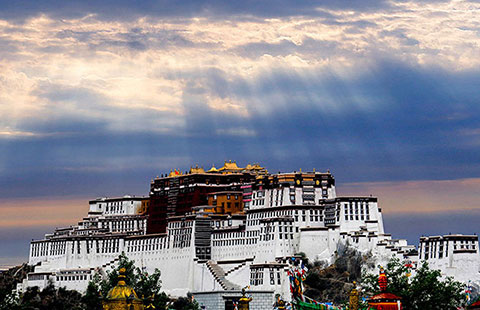From Kansas to Copenhagen: clean energy beacons around the world
Updated: 2015-09-08 17:28
By The Guardian(Agencies)
|
||||||||
Samoa
Like many small, isolated islands, Samoa's need to ship in diesel for electricity generation has led to high power prices and been a boot on the throat of the developing economy. For these islands, says Irena's Gielen "it makes perfect sense to switch to renewables".
The government has set itself the target of achieving 100% renewable electricity generation by 2017 and is well on course. Last year the UN climate chief Christiana Figures congratulated Samoa on being a leader among small island states as they attempt to bypass the fossil fuel economy.
The government and developers have used the island's rivers, sunlight and wind to generate electricity. Last year, the country's first wind farm was completed. The two turbines will cut annual fossil fuel expenditure by $475,000. Because of the regular occurrence of tropical storms, the turbines are designed to fold away their blades when necessary, protecting them from destructive winds.
Fukushima
Devastated by tsunami in 2011 and still suffering from the radiation spilled by the Daiichi Nuclear Power Plant, the prefecture of Fukushima has declared its intention to rebuild itself as a renewable energy haven.As a country, Japan was left deeply scarred by its experience with nuclear disaster. The fallout from Fukushima has been a dramatic rise in carbon emissions as nuclear reactors across the country were switched off and fossil fuels were poured into the breach. By March last year, after years of strong cuts before the disaster, emissions had risen to their second highest level on record.
But Fukushima's government has committed to building enough renewable electricity capacity to supply its 2 million residents by 2040. Driving the transition is a focus on community scale solar and wind plants. By 2020, the prefecture aims to have 143 floating wind turbines with a capacity of 1GW installed.

 Russia through the lens
Russia through the lens
 10 things you may not know about White Dew
10 things you may not know about White Dew
 Pet dog turns out to be fox
Pet dog turns out to be fox
 Top 10 most profitable listed Chinese carmakers in H1
Top 10 most profitable listed Chinese carmakers in H1
 Lights, camera, action at Beijing Film Academy
Lights, camera, action at Beijing Film Academy
 Aerial view of Yamzho Yumco Lake in Tibet
Aerial view of Yamzho Yumco Lake in Tibet
 Chinese 'blade runners' fight for sports dreams
Chinese 'blade runners' fight for sports dreams
 The world in photos: Aug 31 - Sept 6
The world in photos: Aug 31 - Sept 6
Most Viewed
Editor's Picks

|

|

|

|

|

|
Today's Top News
Xi's visit a chance for Obama to make history
Unlike Europe, US slow to open its doors to welcome refugees
China celebrates 50th anniversary of Tibet's autonomy
China vows deepened war against Tibet separatists
Sarah Palin: Immigrants should 'speak American'
Germany frees up funds for refugees, speeds up asylum procedures
China 2014 GDP growth revised down to 7.3%
White paper on Tibet reaffirms living Buddha policy
US Weekly

|

|







